Poetry consists in a rhyming dictionary and things seen
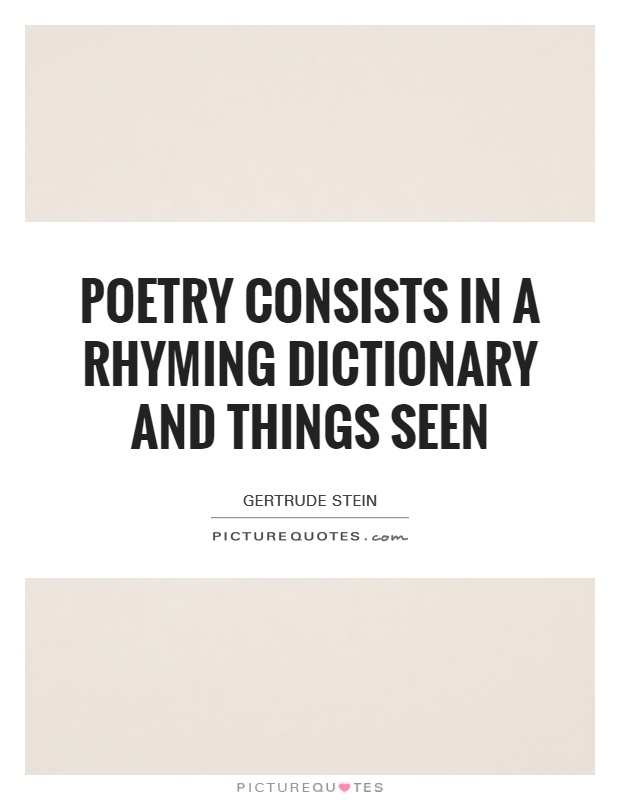
Poetry consists in a rhyming dictionary and things seen
Gertrude Stein, an American writer and poet known for her experimental and avant-garde style, once famously said, "Poetry consists in a rhyming dictionary and things seen." This statement encapsulates Stein's unique approach to poetry, which often eschewed traditional forms and structures in favor of a more abstract and unconventional style.For Stein, poetry was not just about following the rules of rhyme and meter, but about capturing the essence of the world around her through language. She believed that poetry should reflect the way we perceive and experience the world, rather than conforming to established conventions. In this sense, Stein's poetry can be seen as a form of visual art, where words are used to create images and evoke emotions in the reader.
Stein's emphasis on "things seen" in poetry is a reflection of her interest in the visual arts and her belief that language should be used to paint a picture for the reader. In her most famous work, "Tender Buttons," Stein explores the relationship between words and objects, using repetition and wordplay to create a sense of visual and auditory texture. The result is a collection of poems that challenge traditional notions of meaning and interpretation, inviting the reader to engage with the text on a more sensory level.
Stein's use of a rhyming dictionary in her poetry is also indicative of her playful and experimental approach to language. Rather than relying on traditional rhyme schemes, Stein would often use a rhyming dictionary to find unexpected and surprising pairings of words, creating a sense of dissonance and ambiguity in her poetry. This technique allowed Stein to subvert the expectations of her readers and challenge them to think differently about the relationship between words and meaning.
Overall, Gertrude Stein's statement that "poetry consists in a rhyming dictionary and things seen" speaks to her innovative and unconventional approach to poetry. By emphasizing the importance of visual imagery and unconventional language, Stein pushed the boundaries of traditional poetry and paved the way for future generations of experimental poets. Her work continues to inspire and challenge readers to this day, inviting us to see the world in new and unexpected ways through the power of language.
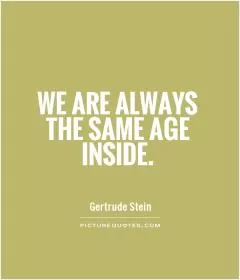

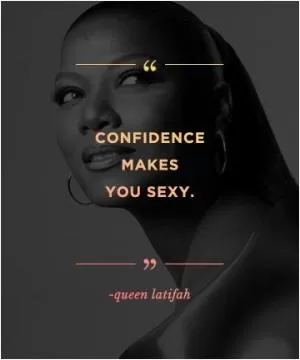
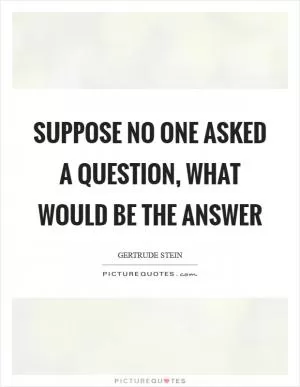
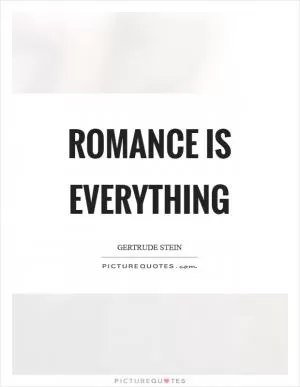
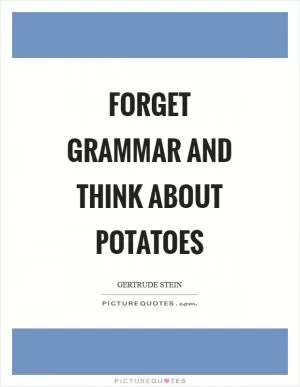
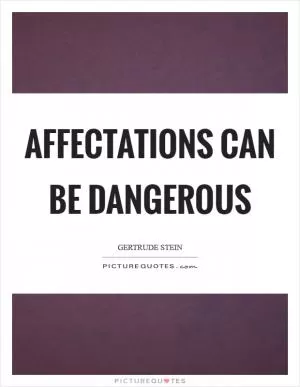

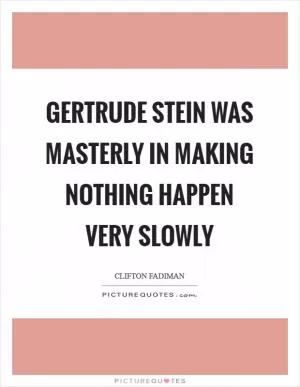
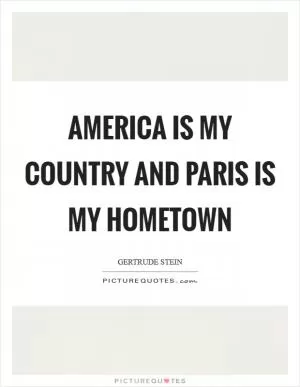
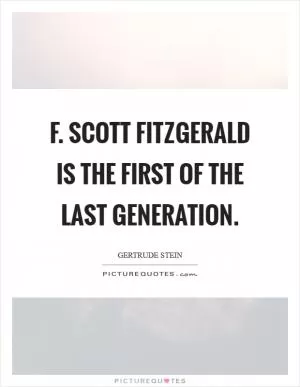

 Friendship Quotes
Friendship Quotes Love Quotes
Love Quotes Life Quotes
Life Quotes Funny Quotes
Funny Quotes Motivational Quotes
Motivational Quotes Inspirational Quotes
Inspirational Quotes